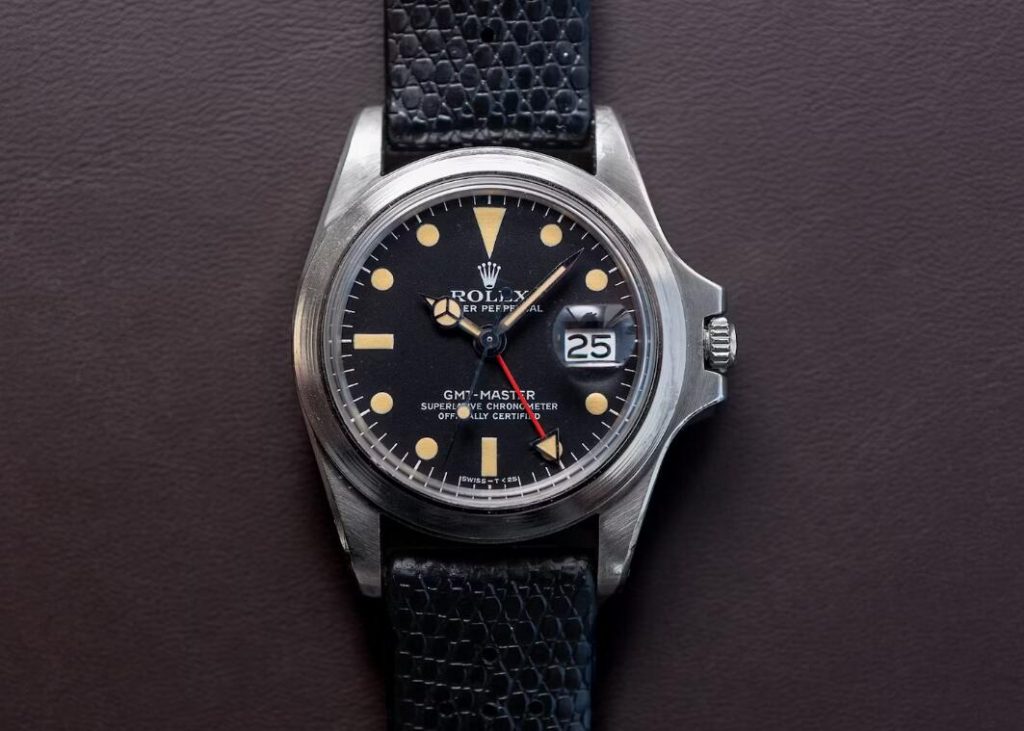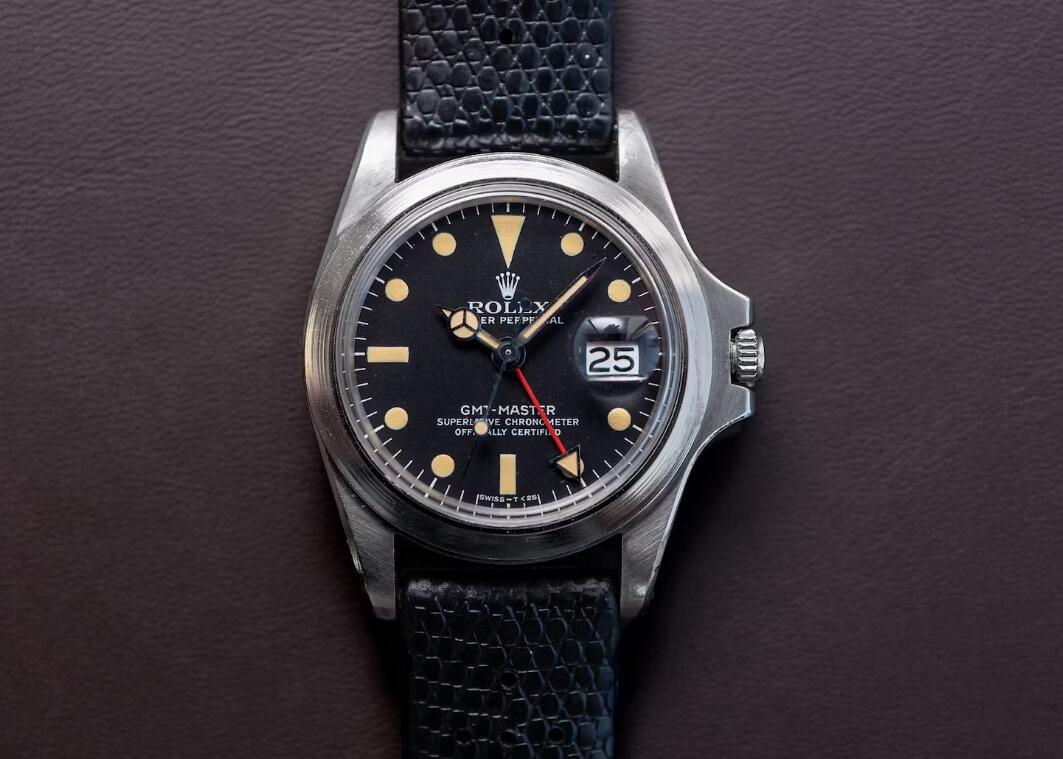Why This Makes Sense: There’s only one Marlon Brando GMT-Master. This perfect replica Rolex US, seen on Brando’s wrist in Apocalypse Now, appeared at Phillips just four years ago, where it sold for $1.95 million. There’s significantly more interest in watches than four years ago, and while the market has softened considerably over the past 18 months, collectors are still willing to pay up for rarity.
Why This Makes No Sense: Something odd happened at the Christie’s Passion for Time sale. First, the single-owner sale featuring Mohammed Zaman’s collection (which we previewed here) started almost an hour late. When it finally did start, bidders were told that every lot had been given a revised estimate upwards, in some cases significantly so. Further, they were also told there was a third-party guarantee on every lot, a fact that wasn’t notated in the initial printed catalog. In the deluge of salesroom announcements immediately before the sale, it is possible that this one factor could have been missed.

Third-party guarantees are somewhat common in the cash-soaked art world but are much less common in high quality Rolex replica watches. It’s a financial instrument in which a third-party guarantor agrees to a minimum sale price for a lot. If the lot receives no other bids above this minimum price, the third party pays the price and takes the lot. For taking on this risk, Christie’s pays the third party a fee, as it explains in its Conditions of Sale. The third party also typically takes a cut of any profit if the guaranteed lot sells for more than the agreed-upon price as part of the deal. We can safely assume that guaranteeing an entire sale, as happened here, would’ve come with a tidy fee attached.
The use of the mechanism is just one sign of the increasing financialization of the copy watch market. The increased use of guarantees in the art world over the past decade has often been met with criticism, with critics claiming they can distort the market with artificially high prices, in addition to being prone to abuse and conflicts of interest. The defense of guarantees is simple: They bring liquidity to a market and allow auction houses to serve their clients better, i.e., by ensuring higher prices for consignors.
In the original printed catalog (link), the Brando luxury replica Rolex GMT-Master initially had an estimate of CHF 1–2 million. Immediately before the sale, the estimate was revised to CHF 3.75–6.5 million. This happened across lots. In the end, the all-in price for the Brando GMT was CHF 4.582 million, i.e., just enough to cover the revised low estimate plus fees.
And the Brando aaa quality fake Rolex GMT-Master US wasn’t alone in selling at the low estimate. About 70 percent of lots sold at the revised low estimates; many of these went to the same paddle number 1013 (the Brando did not go to this paddle, instead going to a phone bidder – I’m also told it wasn’t high quality fake Rolex). The odd sequence of events drew a lot of attention and questions from observers. Here’s the explanation from Christie’s:
“Last night around 6 p.m., a third party from the United States approached us to ask if the seller would consider a third-party guarantee,” said Remi Guillemin, Christie’s Head of Watches in Europe, immediately after the sale. According to Guillemin, Christie’s brought Zaman the third-party guarantee offer, and they inked a deal at 10 a.m. on November 6 (the day of the sale), which is why the auction started 45 minutes late that morning. With the third-party guarantee on every lot in place, Christie’s was legally obligated to increase its low estimates to the new, guaranteed price.
Guillemin described the third-party guarantor as “knowledgeable about luxury and the world of auctions… this isn’t their first experience with third-party guarantees.” He said the party researched and inspected the collection before last night, but nothing transpired until the morning of the sale.
